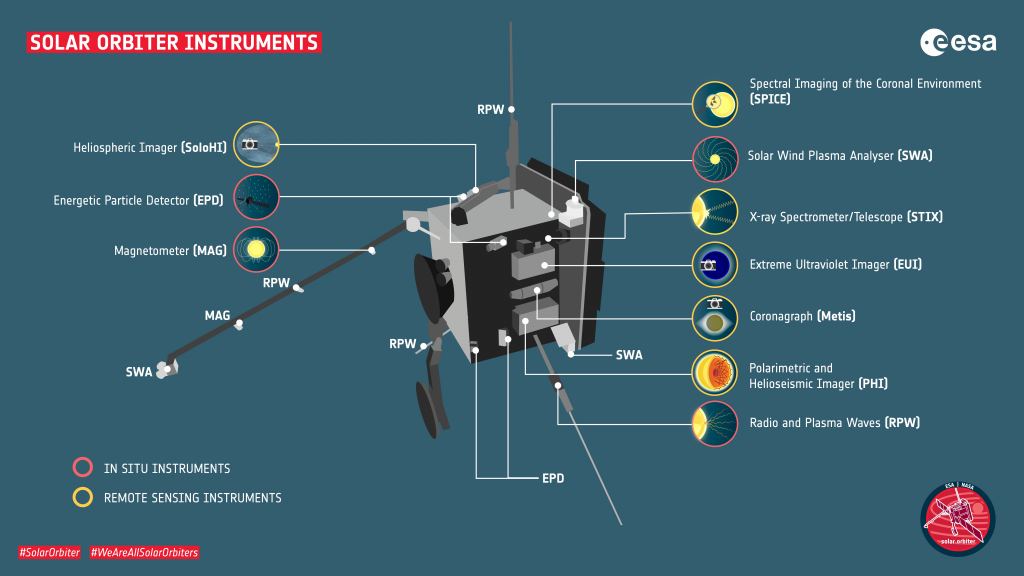Surrounding the brilliant Sun is a layer of diffuse plasma known as the corona. You can’t see it most of the time, but if you happen to experience a total eclipse, the corona is the glow that surrounds the shadow of the Moon. The corona is pale white, almost pink because it has a temperature of more than a million Kelvin. This is vastly hotter than the surface of the Sun, which is about 6,500 K. So how does the corona get so hot?
The usual explanation is that the corona is heated by the dynamics of the solar magnetic field. The surface of the Sun can be turbulent at times, emitting arcing filaments of plasma known as prominences, and sometimes powerful solar flares. It’s easy to see how these can heat the corona when the Sun is very active. But the Sun also has quiet periods, where there are few sunspots, and prominances and flares are rare. If the corona is heated by these events, then why doesn’t the corona cool when the Sun is in a quiet period? The answer to that can be found in a new paper published in The Astrophysical Journal Letters.
 The instruments of the NASA/ESA Solar Orbiter. Credit: ESA-S.Poletti
The instruments of the NASA/ESA Solar Orbiter. Credit: ESA-S.PolettiThe study is based on data from the Solar Orbiter, which has an array of detectors to measure magnetic fields, solar winds, and high-energy particles, as well as capture high-resolution images of the Sun’s surface. It has a dynamic orbit that occasionally takes it closer to the Sun than Mercury, which allows it to capture data like never before.
During a close approach in October 2022, the rugged spacecraft’s Extreme Ultraviolet Imager (EUI) captured detailed images of small plasma arcs, and the Polarimetric and Helioseismic Imager (PHI) measured the magnetic polarity of the solar surface in the same region. It found that small polarity variations can drive the formation of arcs of plasma, which is sufficient to heat the corona even during the most quiet periods of solar activity. In other words, even when the Sun is not at an energetic boil, there is a constant simmer of activity that keeps the corona hot.
The Solar Orbiter just made another close approach to the Sun earlier this month, getting to within just 43 million kilometers of the solar surface. It’s gathered even more data, which is bound to reveal even more secrets of the Sun in the near future.
Reference: Chitta, L. P., et al. “Fleeting small-scale surface magnetic fields build the quiet-Sun corona.” The Astrophysical Journal Letters 956.1 (2023): L1.

